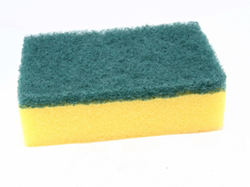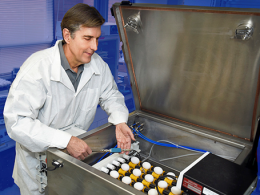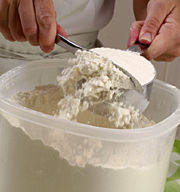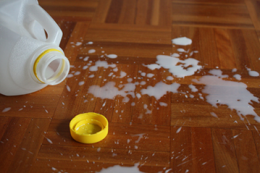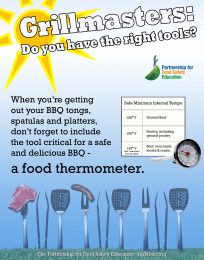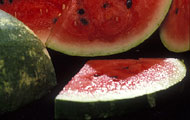
When it comes to canning, foods are divided into two categories. Low acid foods have a pH 4.6 or above and high acid foods have a pH of 4.6 or below. In general, fruits fall into the high acid category. But, there are some exceptions.
Melons, including watermelon, honey dew and cantaloupe, are examples of low acid fruits. They have an average pH of 6.2. So, to can them, significant amounts of acid and sugar must be included to safely can them in a boiling water bath canner. In March of 2011, there was an outbreak of botulism linked to watermelon jelly sold in Canada.
So, it is important to choose recipes from trusted resources in all canning, and especially with low acid foods. A good recipe for Watermelon Jelly can be found in the Ball Complete Book of Home Preserving or at www.bernardin.ca/recipes/zesty-watermelon-jelly.htm?Lang=EN-US. Bernardin is the Canadian brand of Ball canning products.
Remember, while tomatoes are classified as a vegetable, they are botanically a fruit. Acid, either lemon juice, vinegar, or citric acid, must be added to tomatoes for safe canning. Details can be found at www.bookstore.ksre.ksu.edu/pubs/MF1185.PDF.

